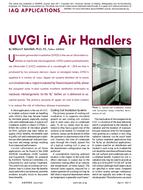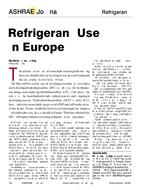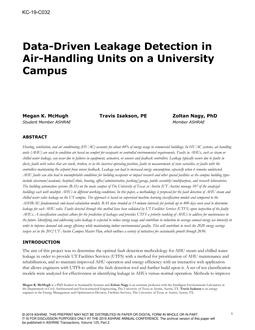Upper humidity limits for the comfort zone determined from two recently presented models for predicting discomfort due to skin humidity and insufficient respiratory cooling are proposed. The proposed limits are compared with the maximum permissible humidity level prescribed in existing standards for the thermal indoor environment. The skin humidity model predicts discomfort as a function of the relative humidity of the skin, which is determined by existing models for human heat and moisture transfer based on environmental parameters, clothing characteristics, and activity level. The respiratory model predicts discomfort as a function of the driving forces for heat loss from the respiratory tract, namely, the temperature and humidity of the surrounding air. An upper humidity limit based on a relative skin humidity of 0.54, corresponding to 20% dissatisfied, results in a maximum permissi-ble humidity level near 100% RH. The requirements for respiratory comfort are much more stringent and result in lower permissible indoor air humidities. Compared with the upper humidity limit specified in existing thermal comfort standards, e.g., ASHRAE Addendum 55a, the humidity limit based on skin humidity was less restrictive and the humidity limit based on respiratory comfort was far more restrictive.
Units: Dual
Citation: Symposium, ASHRAE Transactions, vol. 105, pt. 2, Seattle 1999
Product Details
- Published:
- 1999
- Number of Pages:
- 7
- File Size:
- 1 file , 170 KB
- Product Code(s):
- D-7496


